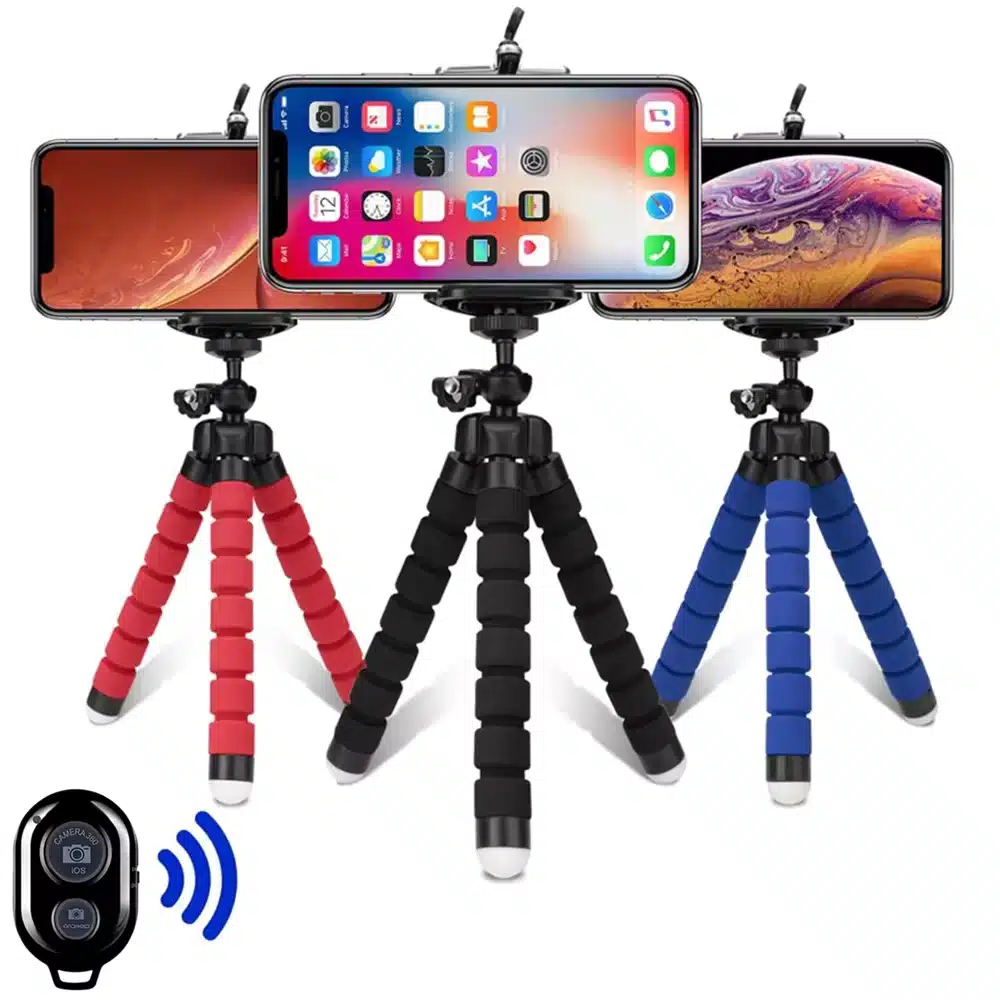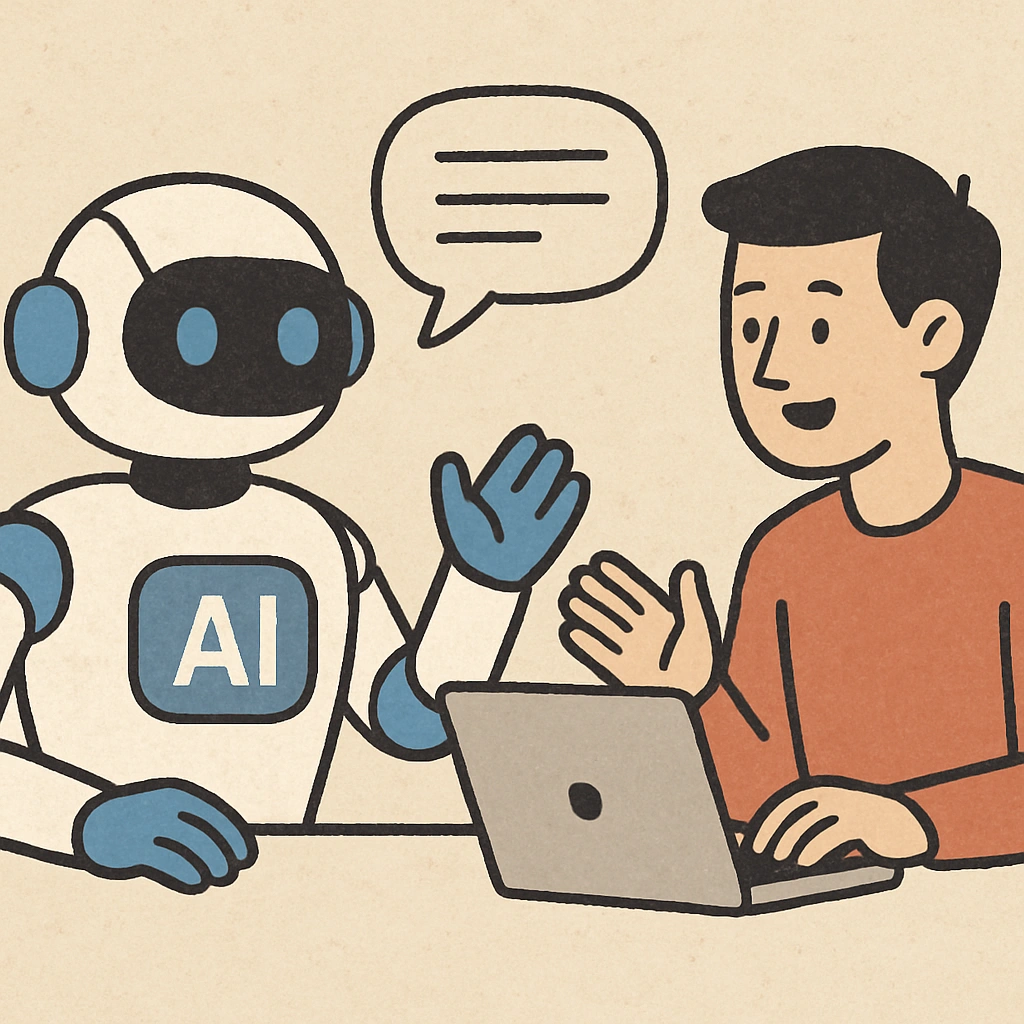子供用ロボットはどのように製造されているのか?
The production of children’s robots is a highly sophisticated process that combines engineering, technology, and design principles to create interactive, educational, and fun robots. With advances in artificial intelligence (AI), robotics, and materials science, these robots have evolved beyond toys to become powerful learning tools and companions.
Here’s an in-depth exploration of how children’s robots are created, the technologies involved, and the considerations for safety and developmental impact.
Hardware Design
The design of a children’s robot starts with the creation of its physical components, ensuring both functionality and safety for young users. Below is an exploration of how manufacturers approach each essential hardware element.
- Robot Shell and Structure
The robot’s external body is the most visible and tactile part. It needs to be designed with durability and safety in mind. Many robots use plastic, siliconeあるいは soft synthetic materials for their shells, which are lightweight and flexible. These materials are essential for ensuring that the robot can withstand the rigors of daily play while being comfortable to touch. The outer layer is often made from materials that are BPA-free, lead-free, and PVC-free, which are crucial for safety, especially in children’s products.
- Power and Battery Systems
Children’s robots are powered by lithium-ion batteries, known for their longevity and energy density. These batteries are built with overcharge protection, short circuit preventionそして temperature regulation to avoid overheating and leakage, ensuring the robot remains safe for children.
Moreover, charging stations are often included with the robot to ensure proper and safe recharging. Some robots may even feature wireless charging options for convenience and safety.
- Sensors and Motion Parts
Incorporating sensors like infrared, ultrasonicそして motion detectors helps robots sense their environment and interact with children. Voice recognition そして touch sensors enable the robot to respond to children’s commands. Robots with movement mechanisms such as wheels, limbs, and articulated parts enable a more immersive and interactive experience. These sensors help robots perform various actions, from following a child around the room to responding to voice commands.
- 人工知能(AI)
At the core of many children’s robots lies artificial intelligence, which powers speech recognition, emotional intelligence, and even personalized learning. For example, robots like 巫女3 use AI to adapt to each child’s learning style, providing unique responses and activities tailored to individual needs.
The AI programming allows robots to handle complex tasks such as answering questions, playing games, or guiding children through educational exercises. AI in children’s robots is typically based on frameworks like TensorFlow または PyTorch, which support natural language processing (NLP), machine learning, and deep learning algorithms to make interactions more natural and personalized.
Where Are Children’s Robots Manufactured?
Children’s robots are produced across the globe, with key manufacturing hubs in Chinaその USA, Japanそして Europe. The production landscape involves a combination of high-tech research, mass production capabilities, and cutting-edge R&D.
- China: The World’s Factory for Robotics
China is home to numerous robot manufacturers such as UBTECH Robotics そして エミス・ロボット, thanks to its established electronics and tech industry. These companies have access to advanced production facilities, which allow them to create affordable yet high-quality robots. China’s mass production model enables companies to scale quickly while keeping costs down.
- USA: A Hub for Innovative Robotic Brands
In the United States, companies like Miko Robotics, コズモそして Wonder Workshop lead the charge in developing interactive, educational robots. These brands focus heavily on AI, robotics researchそして human-robot interaction (HRI). Robotics from U.S. brands often emphasize emotional support, personalization, and creating a deeper connection between children and robots.
- Japan: Excellence in Robotics Technology
Japan has long been a leader in robotics technology. Brands like Sony’s Aibo そして SoftBank Robotics’ Pepper focus on emotional and social engagement. Japanese robots often emphasize advanced AI and robot design aesthetics. The robots produced here are not only fun to interact with but also provide essential educational and socialization skills to children.
- Europe: Leading the Charge in Ethical and Specialized Design
In Europe, brands like Leka (France) そして Botley (UK) take a different approach, focusing on ethical production and specialized robots for children with developmental disorders like autism. European manufacturers tend to prioritize sustainability, user-centered designそして therapeutic benefits.
Are Children’s Robots Safe for Kids?
安全性 is paramount when designing robots for children. Below is a breakdown of the safety features that ensure these robots are suitable for young users:
- Material Safety
As mentioned earlier, the materials used in children’s robots undergo rigorous testing. Brands that produce high-quality robots use food-grade plastic そして medical-grade silicone for parts that come into direct contact with children. Moreover, these materials are tested to meet global safety standards such as CE (Conformité Européenne) and ASTM F963 (U.S. Toy Safety Standard). This ensures no harmful chemicals are present in the robot’s construction.
- Battery and Electrical Safety
The safety of the batteries is also a key concern. Lithium-ion batteries are tested for safety compliance with UN38.3 (Transport of Dangerous Goods Regulations), which ensures they are safe for children. Furthermore, brands implement Battery Management Systems (BMS) to prevent overheating, overcharging, and potential leakage.
- Mechanical Safety
Mechanical safety features like anti-pinching protection, rounded edgesそして soft-touch materials minimize the risk of injury during play. Robots are designed to be both sturdy and gentle, preventing sharp edges or heavy parts that could cause harm.
What About Intellectual Development?
The educational value of children’s robots cannot be overstated. Many robots are designed to help children develop critical thinking skills, problem-solving abilitiesそして emotional intelligence. Here’s how:
- Coding and STEM Learning
Robots like ジム・ロボット そして CoDrone teach children programming and robotics through hands-on activities. These robots engage children with coding challenges that promote creativity and logical thinking. They help children build and program their own robots, fostering a deep interest in STEM subjects.
- Emotional and Social Development
Robots like コズモ そして ルーナ focus on helping children develop emotional intelligence. These robots respond to children’s emotions, offering companionship and promoting empathy. Robots that encourage communication and social interaction help kids practice conversation skills, improving their ability to connect with others.
Are Children’s Robots Impacting Children’s Social Skills and Development?
While children’s robots offer fantastic educational and emotional benefits, they also come with risks of over-reliance. Excessive screen time or robot interaction might limit physical activity and reduce face-to-face communication with peers. Thus, it’s important to maintain a balance between digital and physical play.
Children’s robots should be viewed as complementary learning tools rather than replacements for real-world interactions or human relationships. Ensuring that children have ample opportunities for physical play, human interactionそして creative thinking is key to ensuring they are not overly reliant on robots.
Conclusion: Children’s Robots as the Future of Education and Emotional Companionship
The role of children’s robots in education and emotional development is clear: these machines are not just toys but integral parts of the learning experience. They help children grow intellectually, emotionally, and socially, fostering critical thinking, creativity, and social skills.
When choosing a robot for your child, it’s essential to consider their age, interests, and safety. The right robot can provide both fun and learning, setting your child on a path to becoming a future tech-savvy, emotionally intelligent individual.
Check out our 子供用AIロボット page for detailed reviews of the best robots for children, and explore how you can help your child grow with the power of AI and robotics!

 AIボット・テック・ハブ
AIボット・テック・ハブ







